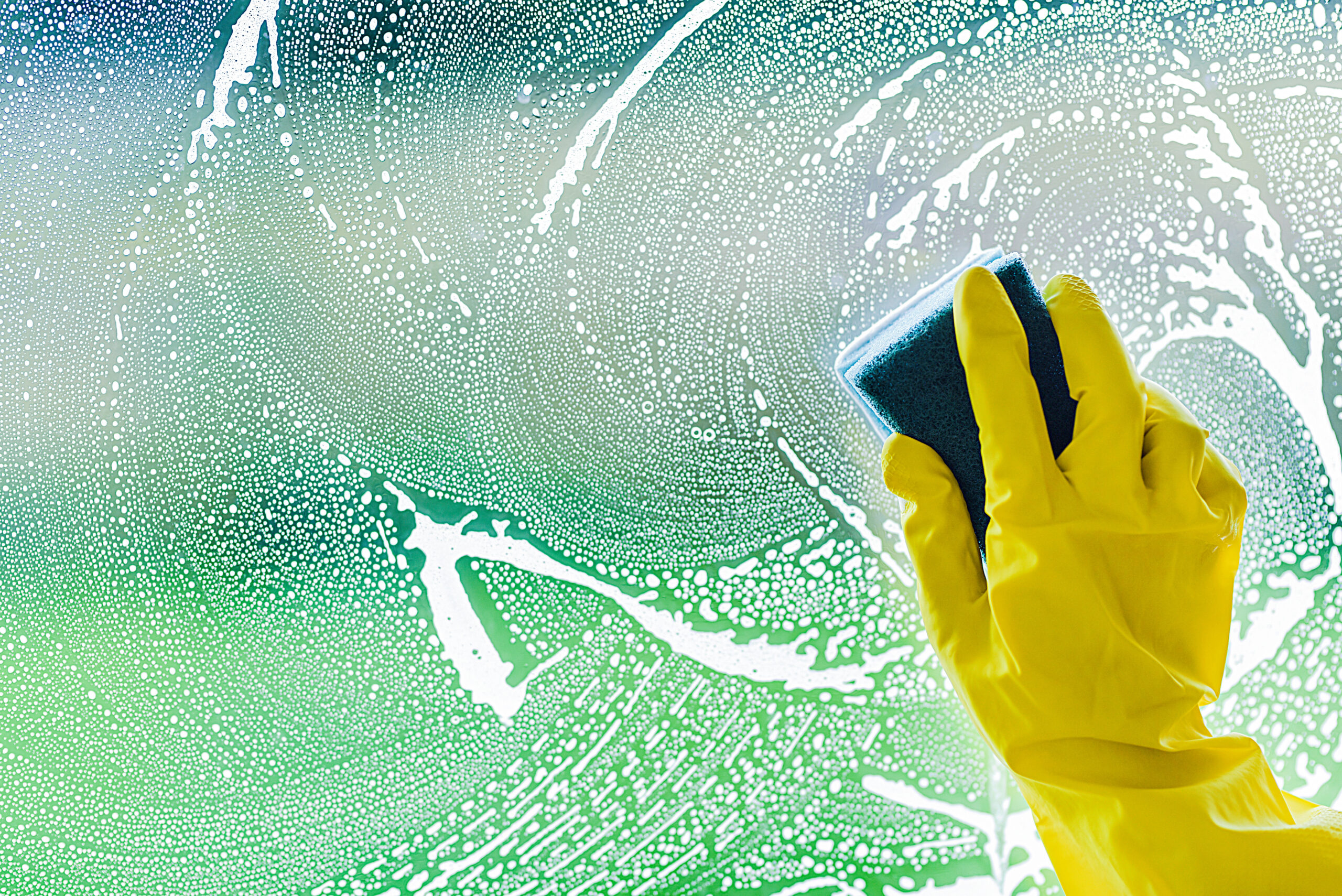
Cleaning windows can be a frustrating task, especially when, after all the effort, streaks and smears appear. Achieving crystal-clear glass requires more than just wiping down the surface, as many factors influence the final result. Understanding the common causes of smeared windows after cleaning can help perfect the technique and ensure a spotless finish every time.
Using the Wrong Cleaning Solution
One of the main reasons windows appear smeared after cleaning is the use of an inappropriate cleaning solution. Many store-bought glass cleaners contain harsh chemicals that leave a residue behind, particularly if they are not designed specifically for windows. Ammonia-based cleaners, for example, can create a film that attracts dust and makes streaks more visible. Using too much soap or detergent in homemade solutions can also lead to smudging, as it is difficult to remove all residue from the glass.
A mixture of water and white vinegar is a highly effective alternative, breaking down grease and grime without leaving streaks. If opting for a commercial product, choosing a cleaner specifically formulated for windows and mirrors can help achieve a streak-free result.
Cleaning in Direct Sunlight
The weather conditions at the time of cleaning can greatly impact the final outcome. When windows are cleaned in direct sunlight, the heat causes the cleaning solution to evaporate too quickly, leaving streaks behind. The liquid does not have enough time to dissolve dirt and grime before it dries, resulting in a smeared appearance.
Cleaning windows on a cloudy day or when the glass is in the shade allows for better control over the drying process. If cleaning on a sunny day is unavoidable, working on one small section at a time and using a dry cloth immediately after wiping can help reduce streaking.
Using the Wrong Cleaning Cloth
The choice of cloth or tool used to wipe windows plays a significant role in whether streaks appear. Paper towels and standard cotton cloths often leave behind lint, streaks, or even small fibres that stick to the glass. Sponges, while useful for scrubbing, can also spread dirt if not rinsed thoroughly between wipes.
Microfibre cloths are highly effective for window cleaning, as they absorb moisture without leaving streaks or lint. Another great option is a squeegee, which removes excess water and cleaning solution efficiently, reducing the likelihood of smears.
Not Changing Dirty Water
Reusing the same bucket of water or cloth throughout the cleaning process can contribute to streaky windows. As the water becomes dirty, it redeposits grime onto the glass rather than removing it. Similarly, a cloth saturated with dust and residue will only spread the dirt instead of wiping it away.
Regularly changing the cleaning water and using fresh cloths or squeegees for different sections of the window ensures that no dirt is being reapplied. Having a separate dry cloth to buff out any remaining streaks also helps in achieving a polished look.
Applying Too Much or Too Little Cleaning Solution
Both excessive and insufficient amounts of cleaning solution can lead to smudging. Too much cleaner results in an overly wet surface, making it difficult to remove all the excess liquid without leaving streaks. On the other hand, using too little solution does not effectively break down dirt, causing it to spread rather than be removed completely.
Spraying a moderate amount of cleaner evenly across the glass and wiping in a consistent motion prevents over-saturation and ensures an even clean. If residue remains, a final wipe with a dry microfibre cloth can help remove any lingering streaks.
Improper Cleaning Technique
The method used to clean windows can also impact the final result. Wiping in circular motions may seem effective but often spreads dirt across the surface. Additionally, random wiping patterns can lead to missed spots and uneven drying.
Cleaning windows using a top-to-bottom approach ensures that any drips are wiped away as work progresses. Using horizontal strokes on one side of the glass and vertical strokes on the other can help in identifying which side any remaining streaks are on, making it easier to address them.
Residue from Previous Cleaning Products
If windows have been cleaned with a product containing waxes or other residue-building ingredients, streaks may persist even after using a better cleaning solution. Over time, layers of built-up cleaner can leave a cloudy or smeared effect on glass surfaces.
To remove these residues, a thorough deep clean using warm water and a small amount of dish soap can help break down the buildup. Once the previous residue is removed, switching to a streak-free cleaning method will prevent further smearing.
Hard Water Deposits and Contaminants
In areas with hard water, mineral deposits from tap water can contribute to streaky windows. When hard water is used for cleaning, it leaves behind calcium and magnesium deposits that appear as cloudy streaks once the water evaporates. Similarly, airborne pollutants, pollen, and grease can accumulate on windows, making them harder to clean without leaving smears.
Using distilled water instead of tap water when mixing a cleaning solution can help eliminate hard water stains. Additionally, pre-rinsing windows with clean water before applying a cleaning product can remove surface contaminants and make the final wipe-down more effective.
Cleaning Window Frames and Surroundings
Often overlooked, dirty window frames and sills can contribute to smears on the glass. If dust, dirt, or pollen from the surrounding areas is not cleaned first, it can easily be transferred onto the windows during the cleaning process.
Wiping down the frames, sills, and surrounding areas before tackling the glass itself prevents loose debris from causing streaks. This step ensures that freshly cleaned windows stay streak-free for longer.
Ensuring Long-Lasting, Streak-Free Windows
Achieving spotless, smear-free windows requires attention to detail and the right approach. By choosing an appropriate cleaning solution, using quality cloths or squeegees, and cleaning under the right conditions, streaks can be significantly reduced or eliminated. Regular maintenance, proper drying techniques, and avoiding common mistakes can keep windows looking clear and bright long after cleaning.



